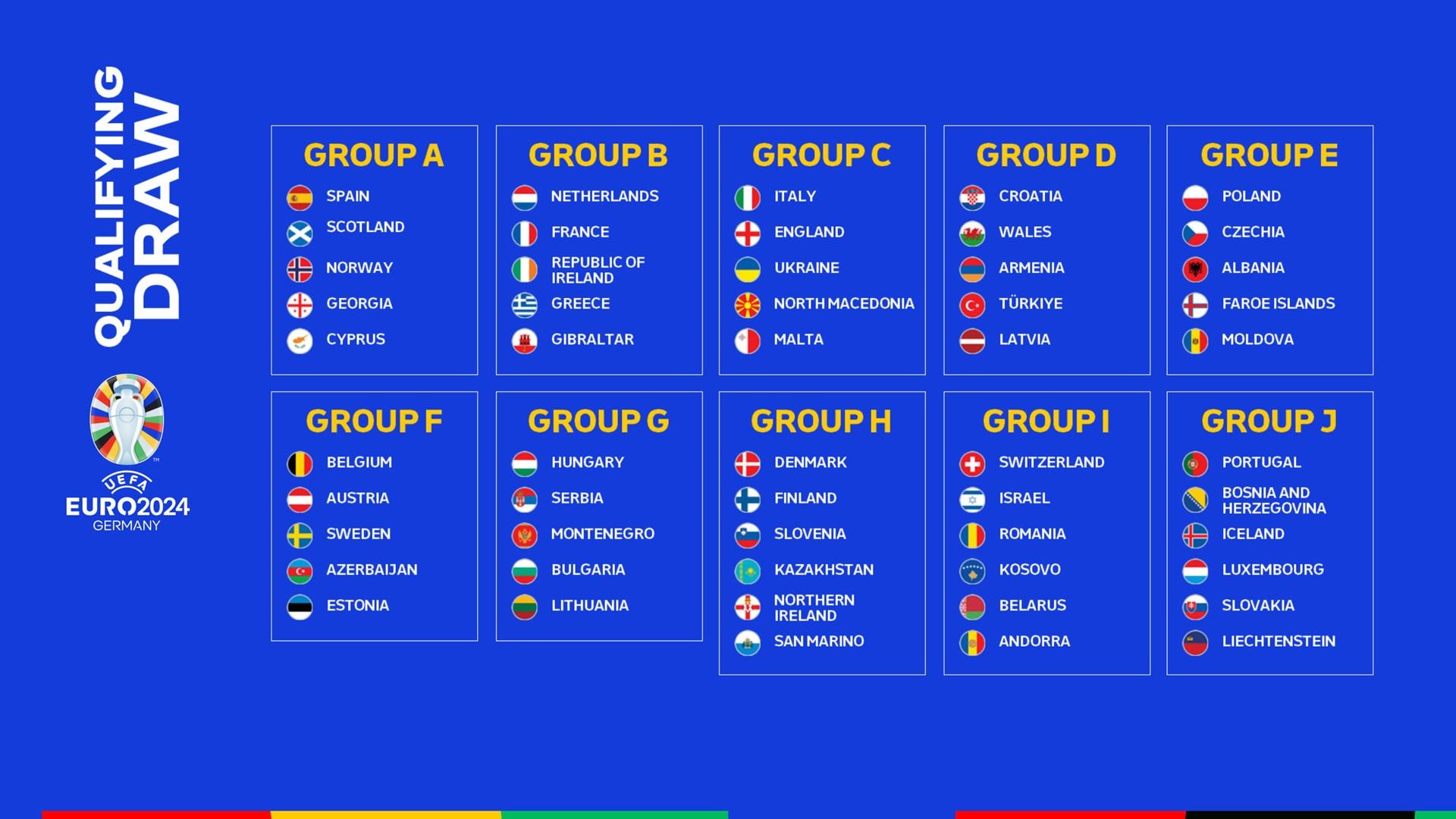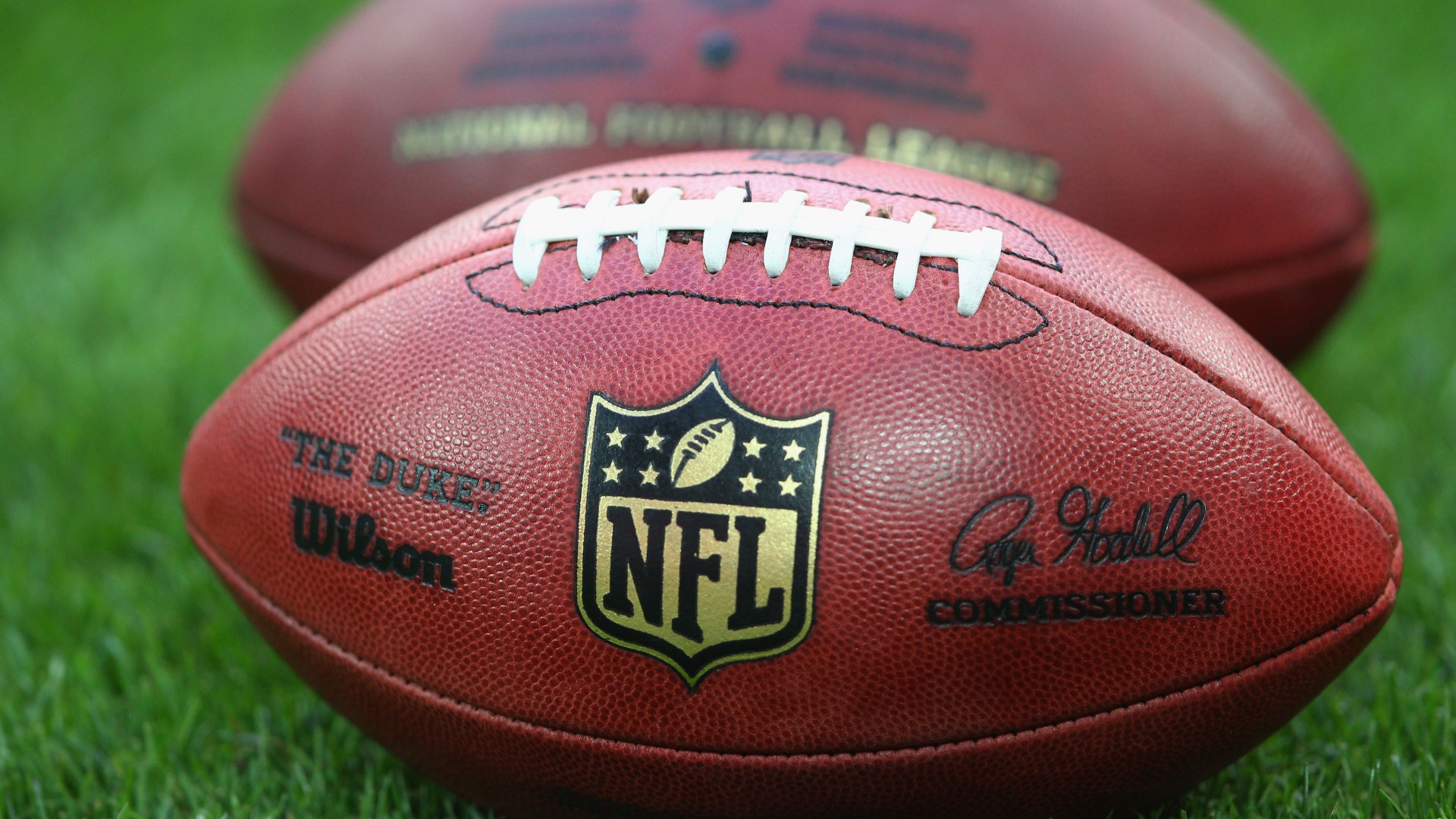
The Symphony of Synergy: Unpacking UCL’s Best Team Combinations
The UEFA Champions League, football’s most prestigious club competition, is not merely a showcase of individual brilliance but a crucible where the finest tactical minds and most cohesive units truly shine. While individual superstars often grab the headlines, the enduring success stories in the UCL are invariably built upon intricate, almost symbiotic, team combinations. These aren’t just collections of talented players; they are meticulously crafted symphonies of synergy, where each part enhances the whole, leading to an almost unstoppable force.
From the relentless pressing of a cohesive front line to the impenetrable wall of a perfectly synced defensive pairing, and the orchestrating rhythm of a midfield trio, understanding these "best team combinations" is key to appreciating the tactical depth and historical dominance witnessed on Europe’s grandest stage. This article delves into the iconic partnerships and systemic chemistries that have defined UCL success over the decades, illustrating how the sum can truly be greater than its parts.
The Foundation: Defensive Walls and Midfield Anchors
Before the dazzling forwards can weave their magic, a solid foundation is paramount. The best UCL teams have always possessed an unwavering defensive spine, anchored by formidable centre-back pairings and deep-lying midfielders who dictate tempo and shield the backline.
One of the most legendary defensive combinations belongs to AC Milan under Carlo Ancelotti in the early 2000s. The partnership of Paolo Maldini and Alessandro Nesta was a masterclass in complementary defending. Maldini, the seasoned veteran with unparalleled positional sense and elegance, combined with Nesta’s athleticism, aggression, and aerial dominance to form an almost impenetrable barrier. They understood each other’s movements instinctively, anticipating danger and covering spaces with telepathic precision. This wasn’t just about winning tackles; it was about preventing dangerous situations from materializing in the first place.
Ahead of them, Andrea Pirlo operated as the deep-lying playmaker, a revolutionary role for its time. His ability to spray passes across the field, dictating the pace of the game, was only possible due to the tireless work of Gennaro Gattuso and Clarence Seedorf alongside him. Gattuso was the snarling pitbull, winning back possession and disrupting opposition attacks, while Seedorf provided creative thrust and box-to-box energy. This midfield triangle offered a perfect blend of defensive security, tactical intelligence, and creative spark, allowing Milan to control games and launch devastating attacks.
Similarly, Manchester United’s dominant period under Sir Alex Ferguson was underpinned by the rock-solid partnership of Rio Ferdinand and Nemanja Vidic. Ferdinand brought composure, passing range, and intelligence, while Vidic was a warrior, fearlessly heading, tackling, and blocking everything in his path. Their contrasting styles blended perfectly, providing Edwin van der Sar with immense security behind them. In midfield, the dynamic duo of Paul Scholes and Roy Keane (or later, Michael Carrick) provided the engine room. Keane’s relentless aggression and leadership combined with Scholes’ unparalleled vision and passing range created a midfield that could outfight and outthink any opponent.
More recently, Liverpool’s success under Jürgen Klopp has been built on the immense presence of Virgil van Dijk at the heart of their defense. His calm authority, aerial prowess, and incredible distribution have transformed Liverpool’s backline. Crucially, his partnership with the equally commanding Alisson Becker in goal, whose shot-stopping and sweeping abilities are world-class, provides a near-perfect last line of defense. The dynamic midfield trio of Fabinho, Jordan Henderson, and Georginio Wijnaldum (or Thiago Alcantara) provided the relentless pressing, ball winning, and tireless running that fueled Klopp’s "Gegenpressing" system, allowing the fullbacks to surge forward and the attackers to press high.
The Engines: Midfield Maestros and Creative Hubs
While a strong defense prevents goals, the midfield is where the battle for control is truly won. The best teams often possess midfield combinations that can dictate tempo, unlock defenses, and provide a relentless engine for their side.
Perhaps the most iconic midfield combination of the modern era is Barcelona’s trio of Sergio Busquets, Xavi Hernández, and Andrés Iniesta under Pep Guardiola. This triumvirate perfected "tiki-taka" – a style characterized by intricate passing, relentless possession, and positional interchange. Busquets was the silent genius, shielding the defense, recycling possession, and breaking up play with uncanny anticipation. Xavi and Iniesta, meanwhile, were the creative architects. Xavi’s unparalleled vision, passing range, and ability to control the rhythm of the game were complemented by Iniesta’s sublime dribbling, exquisite close control, and knack for ghosting past defenders. Their almost telepathic understanding allowed Barcelona to dominate possession, create numerical advantages, and surgically dissect opposition defenses. This combination wasn’t just about individual skill; it was about collective understanding of space and movement.
Another formidable midfield engine was seen in Real Madrid’s treble-winning Champions League teams under Zinedine Zidane. The combination of Casemiro, Toni Kroos, and Luka Modric was a study in balance and complementary roles. Casemiro was the unyielding defensive anchor, breaking up play, winning tackles, and providing crucial cover. Kroos was the deep-lying orchestrator, spraying precise long passes, controlling the tempo, and setting the rhythm. Modric, with his exquisite dribbling, vision, and tireless energy, linked midfield to attack, driving forward and unlocking defenses with incisive passes. This trio allowed Real Madrid to seamlessly transition between defensive solidity and devastating attacking play, providing the platform for their legendary front three.
The Spearheads: Attacking Trios and Dynamic Duos
Ultimately, goals win games, and the most memorable UCL teams have featured attacking combinations that strike fear into the hearts of defenders. These are often trios or duos that combine different skill sets to create a multi-faceted threat.
The aforementioned Barcelona team under Guardiola also showcased an evolving attacking combination, culminating in the "MSN" trio of Lionel Messi, Luis Suárez, and Neymar Jr. This was arguably the most devastating attacking trident in history. Messi, evolving into a false nine or right-winger, provided unparalleled creativity, dribbling, and scoring. Suárez offered a relentless goal threat, powerful finishing, and an incredible work rate. Neymar added flair, dribbling wizardry, and explosive pace. What made them so effective was not just their individual brilliance, but their unselfishness and understanding. They interchanged positions fluidly, created space for each other, and celebrated each other’s successes, forming an almost unstoppable force that terrorized defenses across Europe.
Before MSN, the "BBC" of Gareth Bale, Karim Benzema, and Cristiano Ronaldo at Real Madrid was equally formidable, albeit with a different style. Ronaldo was the prolific goal-scorer, an aerial threat, and a clinical finisher from anywhere. Bale provided blistering pace, powerful long-range shooting, and crucial goals in big moments. Benzema was the selfless link-up man, dropping deep to facilitate play, creating space, and demonstrating exquisite touch and vision. This trio thrived on quick transitions and individual brilliance, often turning half-chances into goals through their sheer quality and understanding of each other’s movements.
Bayern Munich’s 2013 and 2020 treble-winning teams relied heavily on the dynamic wing play of Arjen Robben and Franck Ribéry (the "Robbery" partnership), complemented by a clinical striker like Robert Lewandowski or Mario Mandžukić. Robben, cutting in from the right on his left foot, and Ribéry, doing the same from the left on his right, were masters of creating chaos in opposition defenses. Their directness, dribbling ability, and powerful shots made them incredibly difficult to contain, often setting up goals for their central striker or finishing themselves. This combination epitomized direct, powerful, and effective attacking football.
The Fullbacks: Modern Wing-Back Synergy
In the contemporary game, fullbacks have become crucial attacking outlets, often forming key combinations with their respective wingers or midfielders. Liverpool’s Trent Alexander-Arnold and Andrew Robertson are prime examples. Their relentless energy, pin-point crossing, and ability to stretch defenses have been integral to Liverpool’s attacking success. They provide the width and delivery that allows Salah, Firmino, and Mané to operate more centrally, creating dangerous overloads. Their synergy with the midfield and front three, knowing when to overlap, underlap, or provide cover, is a hallmark of Klopp’s system.
Similarly, Manchester City’s Pep Guardiola has redefined the role of fullbacks, often employing inverted fullbacks like João Cancelo who move into midfield to create numerical advantages and facilitate possession. This tactical innovation, combined with the tireless work rate of players like Kyle Walker, creates complex positional structures that disorient opponents and open up passing lanes for creative midfielders like Kevin De Bruyne and Bernardo Silva. The combination here is less about a fixed partnership and more about the fluidity of the entire defensive and midfield unit, with fullbacks acting as versatile chess pieces.
Conclusion: The Art of Collective Mastery
The Champions League’s history is rich with examples of teams that achieved greatness not merely through individual talent, but through the art of combining those talents into a cohesive, unstoppable unit. Whether it’s the defensive telepathy of Maldini and Nesta, the midfield symphony of Xavi, Iniesta, and Busquets, or the devastating attacking interplay of MSN, these combinations transcend mere player statistics.
They represent a deeper understanding of tactical roles, complementary skill sets, and an almost intuitive connection forged through countless hours on the training ground and under the intense pressure of elite competition. The best team combinations in the UCL are a testament to managerial vision, player intelligence, and the beautiful complexity of football where individual brilliance is amplified by collective mastery. As the game continues to evolve, so too will the nature of these dominant combinations, ensuring that the quest for the perfect synergy remains a thrilling constant in Europe’s premier club competition.



